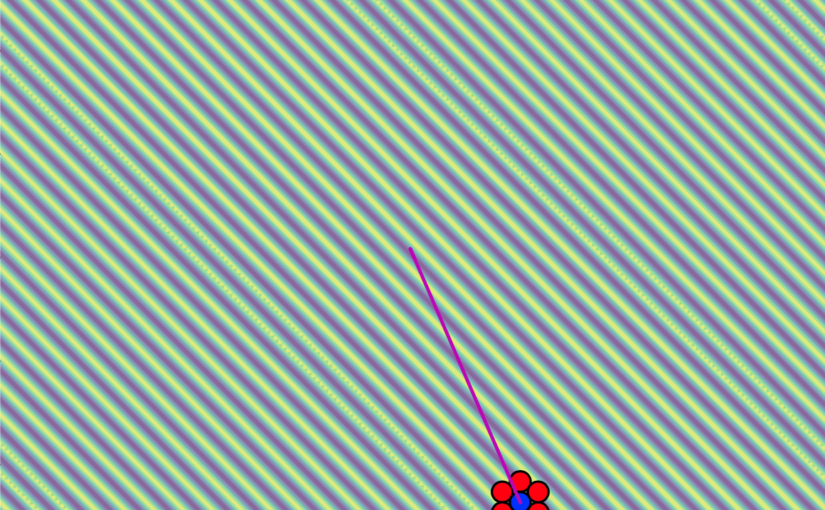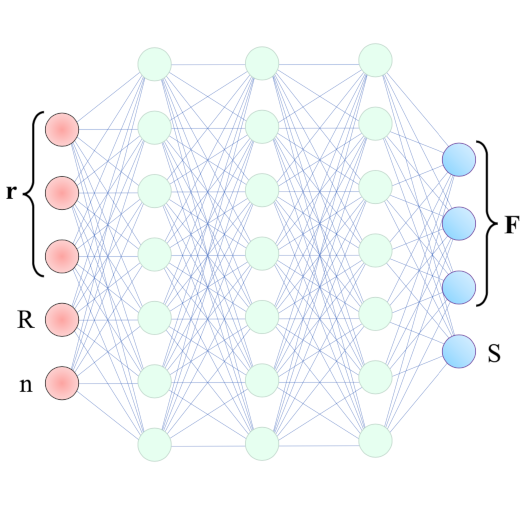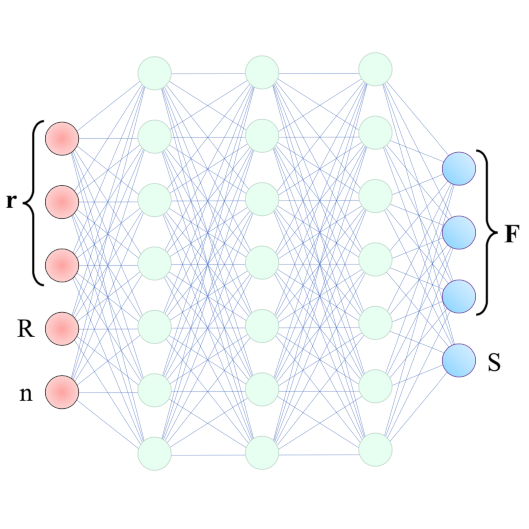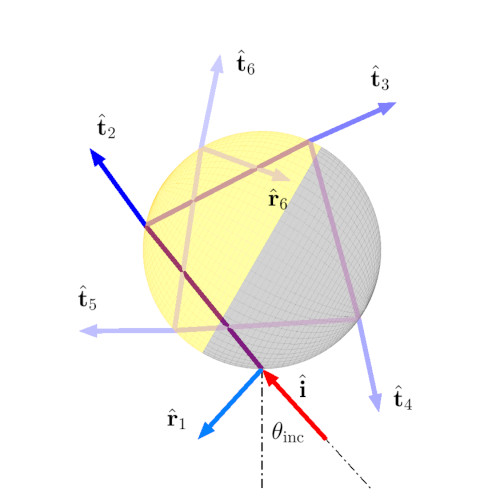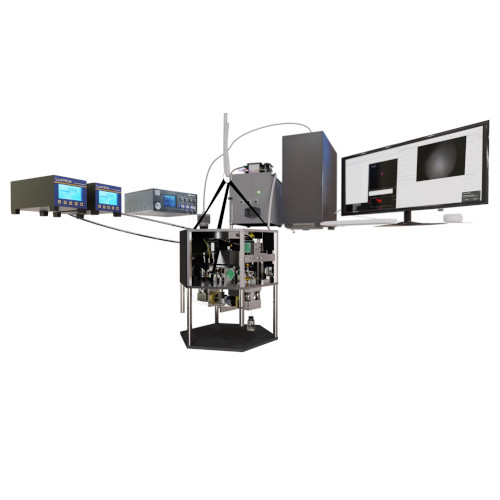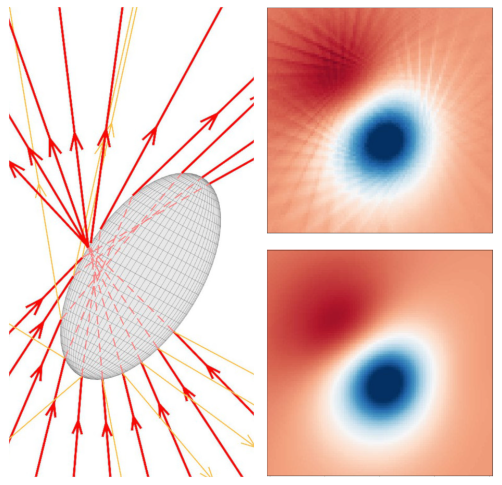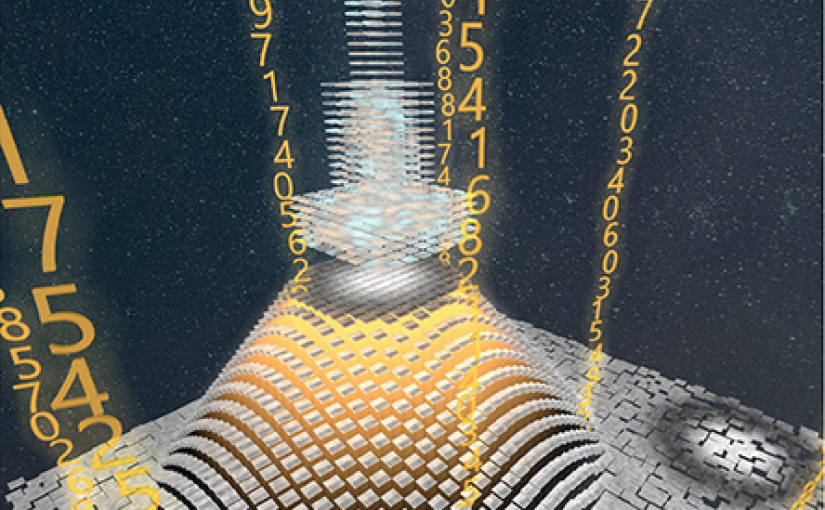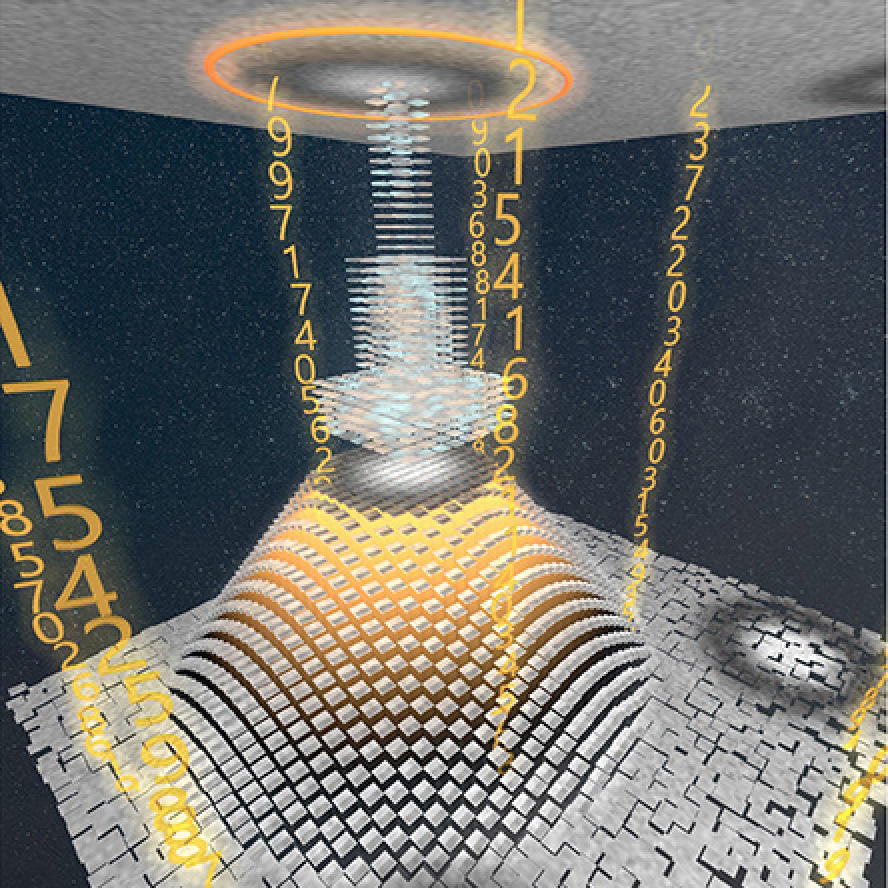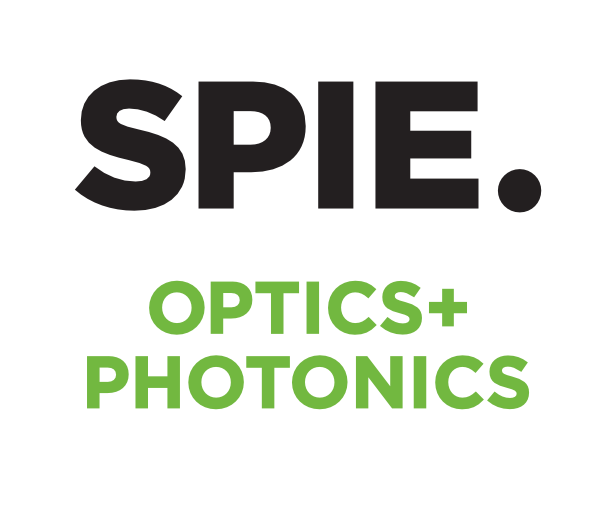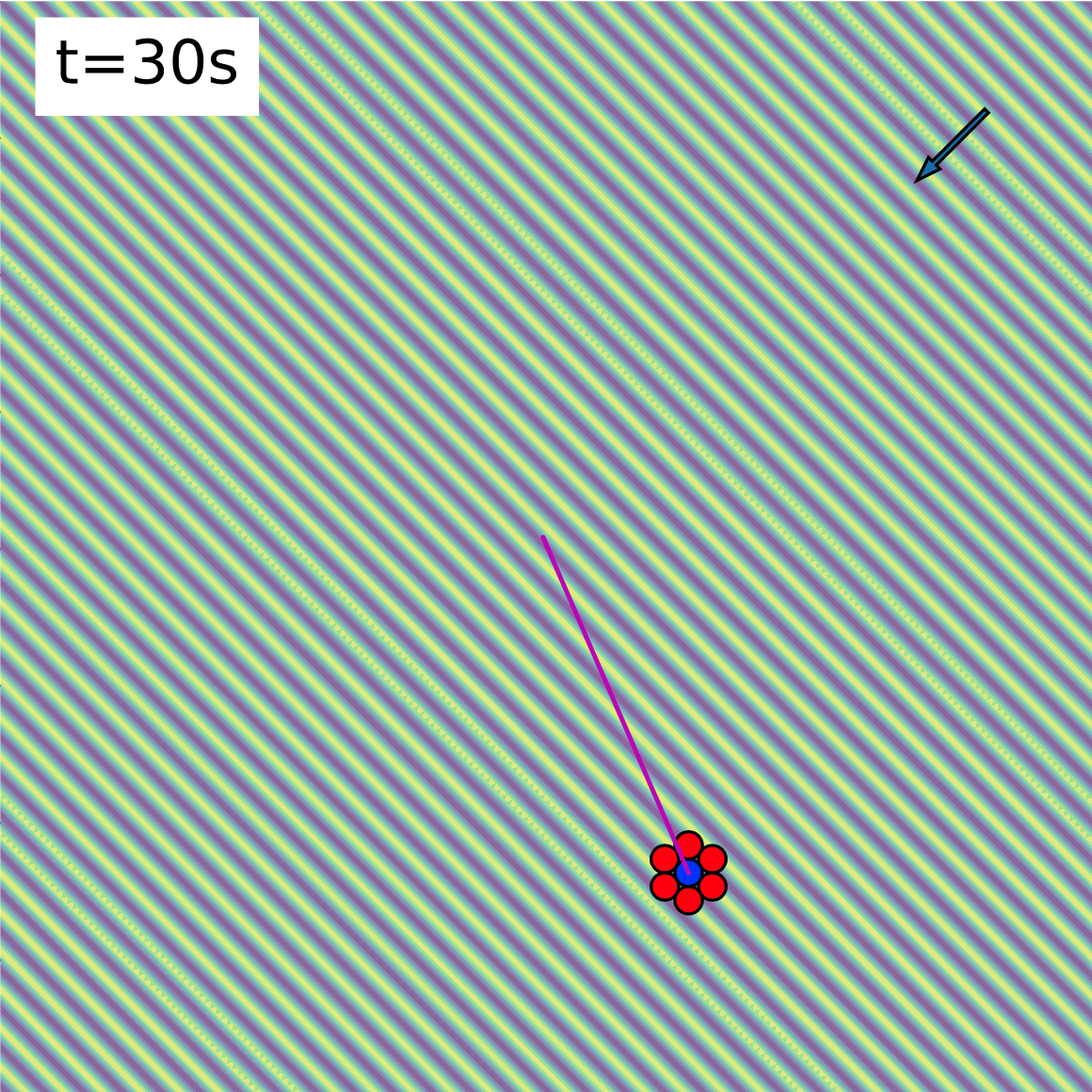
Agnese Callegari, Niphredil Klint, John Klint, Alfred Bergsten, Alex Lech, and Giovanni Volpe
SPIE-OTOM, San Diego, CA, USA, 18 – 22 August 2024
Date: 19 August 2024
Time: 5:30 PM – 7:00 PM
Place: Conv. Ctr. Exhibit Hall A
In 2019, Schmidt et al. demonstrated light-induced assembly of active colloidal molecules. They used two types of colloidal particles in a water-lutidine mixture: one transparent and one slightly absorbing light. In their experiment, this determined a non-reciprocal interaction between light-absorbing and transparent particles and promoted active molecule formation controlled by light. Beyond experimental details, we here explore the effects of this non-reciprocal interaction solely, showing its role in active molecule formation and self-propulsion. Simulation allows for the study of complex light profiles, enabling precise control over assembly and propulsion properties, relevant for targeted microscopic delivery.
